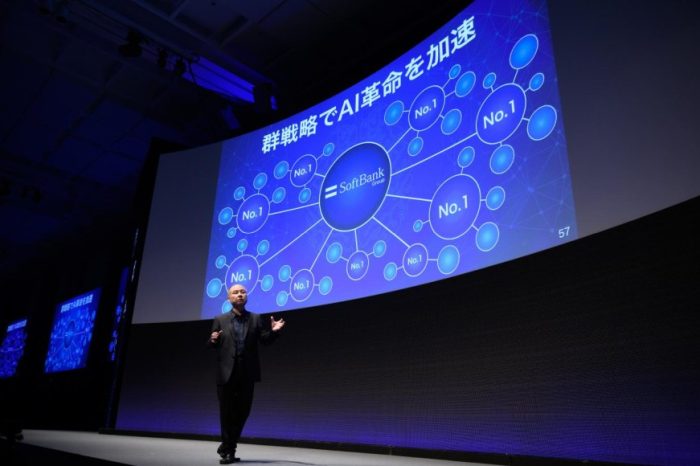Automata Network Debuts a Miner Extractable Value (MEV) Solution for Crypto, Conveyor Service

Cryptocurrencies are gradually changing the landscape of financial markets by introducing a decentralized architecture. The past few years have seen a growing interest in the digital asset space, with both retail and institutions making a debut. While the adoption has been impressive, crypto still faces major technical hurdles in the underlying technology.
One prevalent issue in this industry is Miner Extractable Value (MEV) – a dynamic that allows miners and front-running bots to create arbitrage situations to rip off unwitting crypto users. The MEV issue creates an unfair environment where miners have an advantage over normal blockchain users. This arises from the fact that miners have the autonomy of reordering transactions.
Ideally, blockchain networks are supported by a wide range of nodes whose role is to ensure that the network remains decentralized. These nodes are run by crypto miners, giving them some ‘control’ on how transactions from the mempool (off-chain storage for pending transactions) are introduced to the network for confirmation.
The MEV Solution for Decentralized Applications (DApps)
While MEV remains a challenge in the future of Web3 applications, some projects in the crypto space are now building long-term solutions for this shortcoming. A decentralized service protocol dubbed Automata Network is one of the firms that is currently working on an MEV solution. The project recently created Conveyor, a service that seeks to prevent miners and front-running bots from reordering transactions.
Automata’s Conveyor service is designed to integrate with various platforms, allowing the product to be used within the nascent DeFi ecosystem. The Conveyor protects users by acting as a neutral party in the ordering of pending transactions. This strips miners of their autonomy in ordering transactions from the mempool into a new block. Furthermore, the Conveyor also prevents miners from deleting transactions that have already been ingested and broadcasted into the Conveyor output.
It is quite noteworthy that Automata’s Conveyor service runs on a decentralized compute plane supported by many Geode instances. The geode code behind this infrastructure is untampered to prevent data leakage. Users can attest to this legitimacy by publicly verifying that each geode code is backed with genuine hardware (i.e. CPU).
The Automata Conveyor is further enhanced with privacy features which include an oblivious RAM algorithm. With this in place, Conveyor users can build privacy-focused DApps while eliminating the MEV issue.
Conclusion
While digital ecosystems are likely to define the future of most existing industries, a lot needs to be done before blockchain networks are fully adopted. Creating a neutral ecosystem should be an important step towards mainstream adoption. With the likes of Automata’s Conveyors, the industry seems to be heading in the right direction, although only time can prove the exact fundamental value of solving MEV in crypto.







